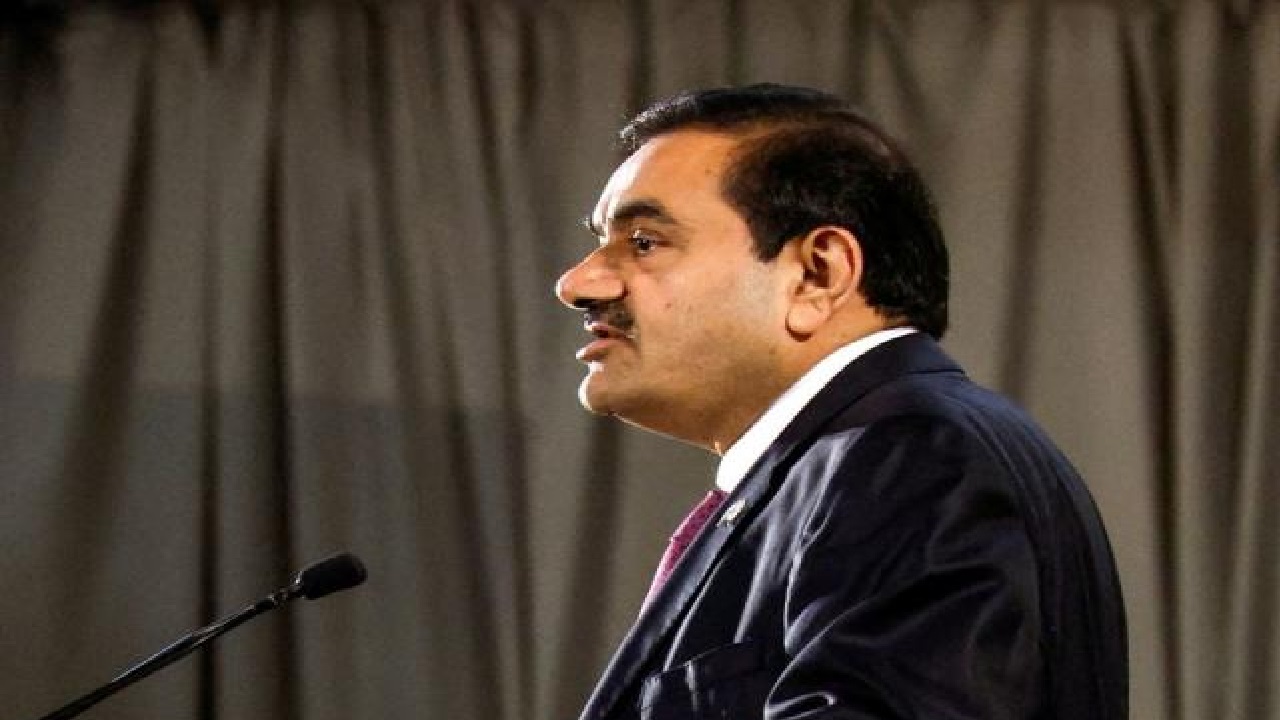A Powerhouse of Air Travel in India
The Indira Gandhi International Airport (IGIA) in Delhi stands as a beacon of India’s aviation prowess. As the largest and busiest airport in the country, it handles an enormous volume of passengers and air traffic daily. Terminal 2 (T2) alone manages over 46,000 passengers and 270–280 air traffic movements each day, highlighting its significance in the airport’s operational framework. Now, in a move to enhance passenger experience and infrastructure, Delhi Airport has announced the temporary closure of T2 for critical maintenance, rerouting all flights to the newly expanded Terminal 1 (T1).
This decision reflects not only the airport’s ability to adapt seamlessly but also underscores the scale and efficiency with which it operates—qualities that set Delhi Airport apart on the global stage.
Transition Plan: Flights Moved to Terminal 1
From April 15, all domestic flights by IndiGo and Akasa Air, previously operating out of T2, will now be serviced through the fully operational T1. The transition is part of a broader maintenance and infrastructure improvement strategy led by the Delhi International Airport Limited (DIAL).
IndiGo, India’s largest airline, has proactively reached out to passengers via SMS, emails, and calls, advising them to check their flight details and terminal information via the airline’s website or app. Akasa Air also assured a smooth transition through dedicated teams working behind the scenes.
Terminal 1: A New Era in Passenger Experience
The newly expanded Terminal 1 is designed to revolutionize domestic travel in India. It now boasts:
· 100 check-in counters, including 36 Self Baggage Drop kiosks
· 108 Common Usage Self-Service (CUSS) kiosks
· 20 Automated Tray Retrieval Systems (ATRS) for efficient security clearance
· 10 baggage reclaim carousels
· Enhanced baggage handling capacity from 3,240 to 6,000 bags per hour
Furthermore, the terminal space has expanded from 55,740 sq. m to 206,950 sq. m, merging arrivals and departures under one roof for a smoother and more cohesive passenger journey.
Delhi Airport in Global Context: Competing with the Best
With four operational runways and three terminals—T1, T2, and T3—IGIA rivals some of the world’s busiest airports. For perspective:
· Heathrow Airport (London) handles around 80 million passengers annually
· Singapore Changi serves 68 million+
· Dubai International Airport, a key global hub, processes over 86 million travelers
Delhi’s Terminal 3 alone accommodates up to 45 million passengers annually, and the expanded T1 can now handle 40 million. While T2 has a smaller capacity of 15 million, its temporary closure for modernization reinforces DIAL’s commitment to long-term efficiency and quality.
Building the Airport of the Future
The temporary shutdown of Terminal 2 marks more than just routine maintenance—it’s a strategic move towards future-proofing one of Asia’s key aviation hubs. With cutting-edge facilities at the revamped Terminal 1 and a comprehensive passenger handling strategy in place, Delhi Airport is positioning itself to meet growing travel demands and international standards.
As global air traffic continues to rebound post-pandemic, India’s capital airport is not just keeping pace—it’s setting benchmarks. The modernization of T2 and expansion of T1 signal that IGIA is well on track to becoming a truly world-class gateway, seamlessly blending capacity, convenience, and innovation.
(With inputs from agencies)








